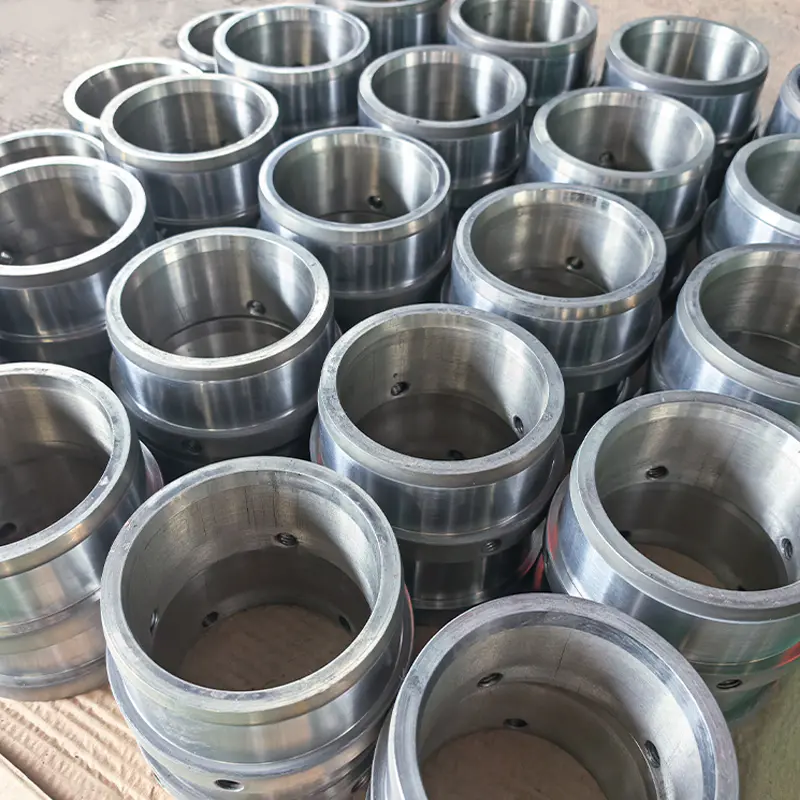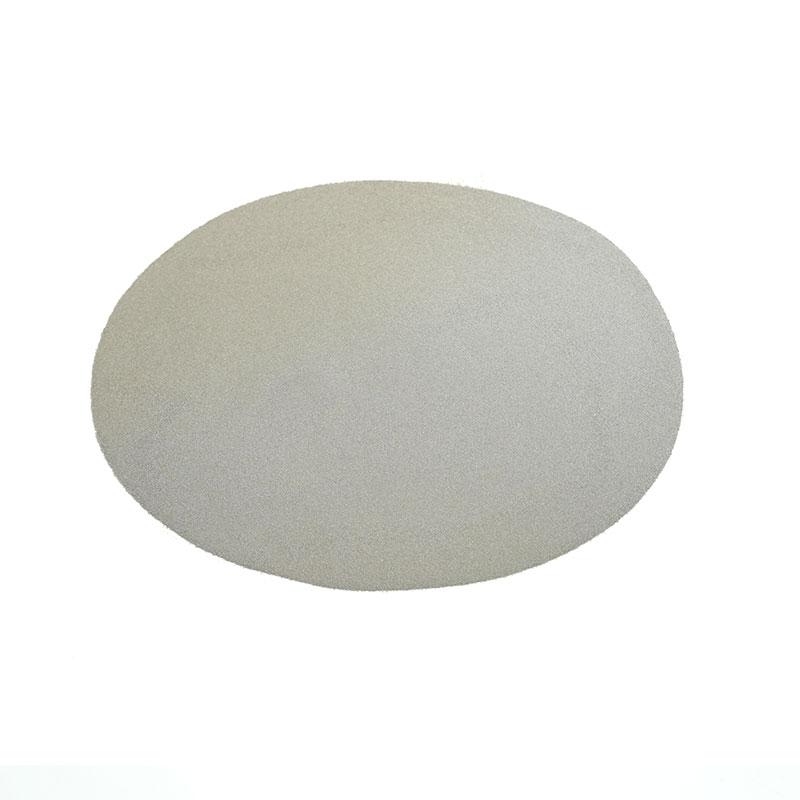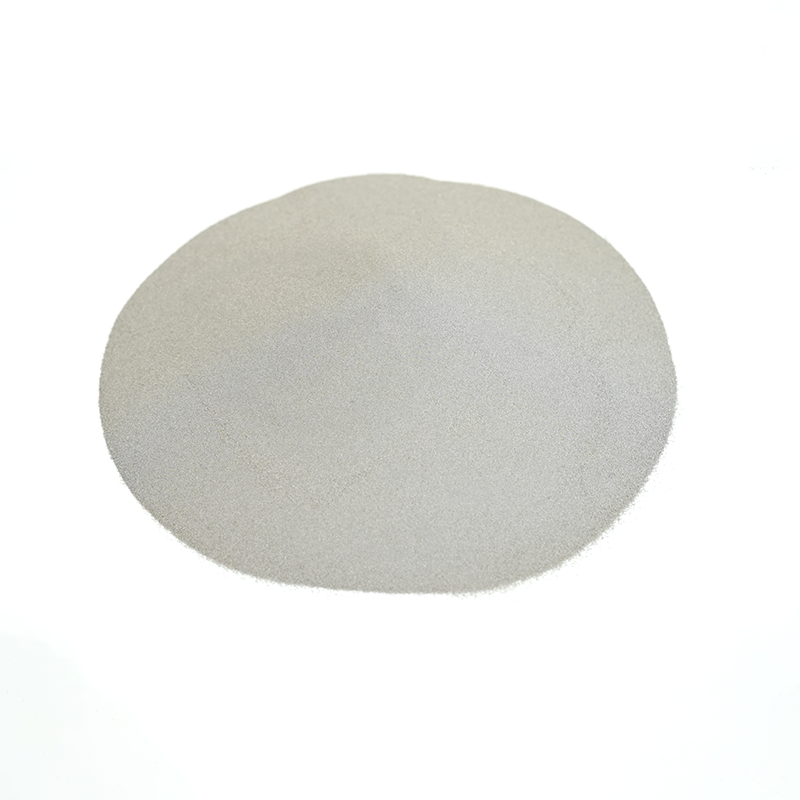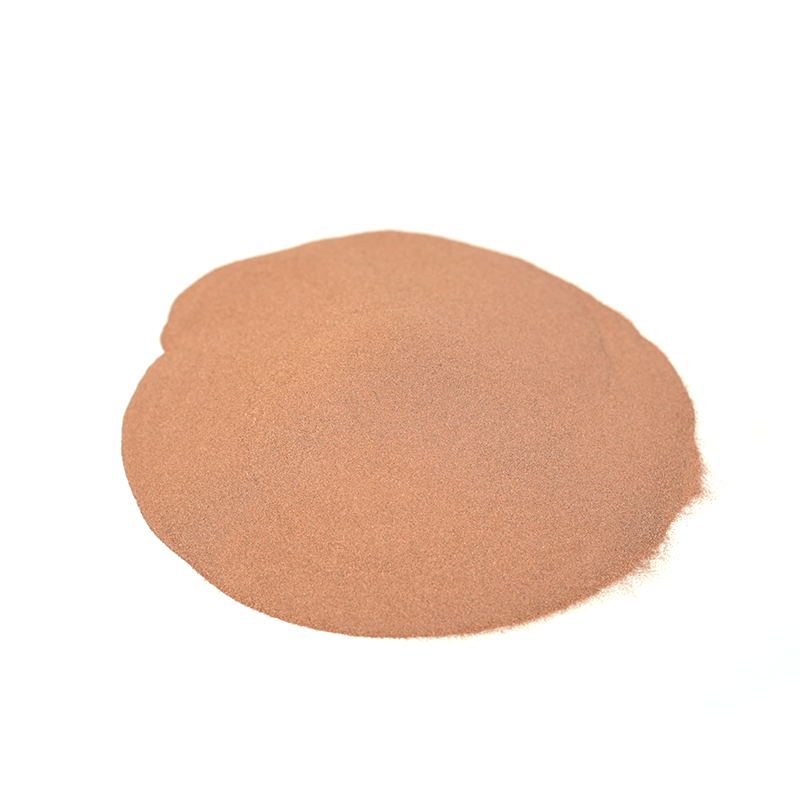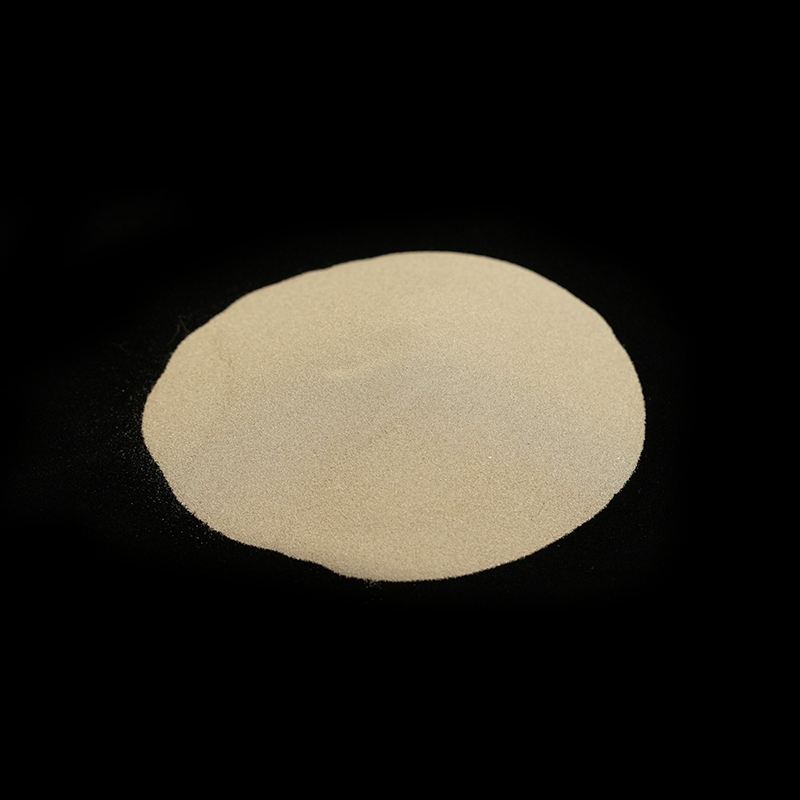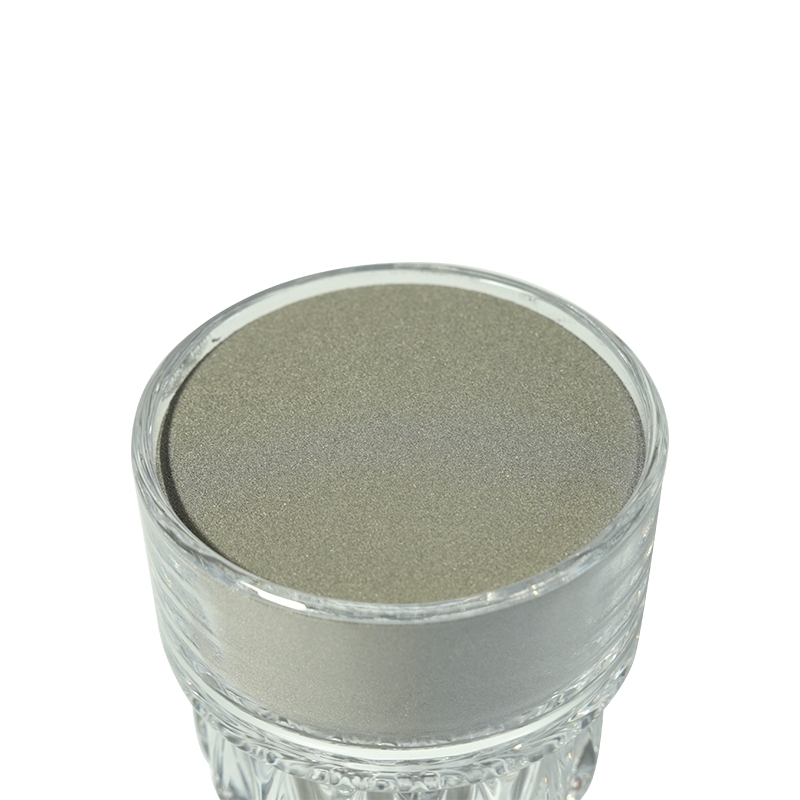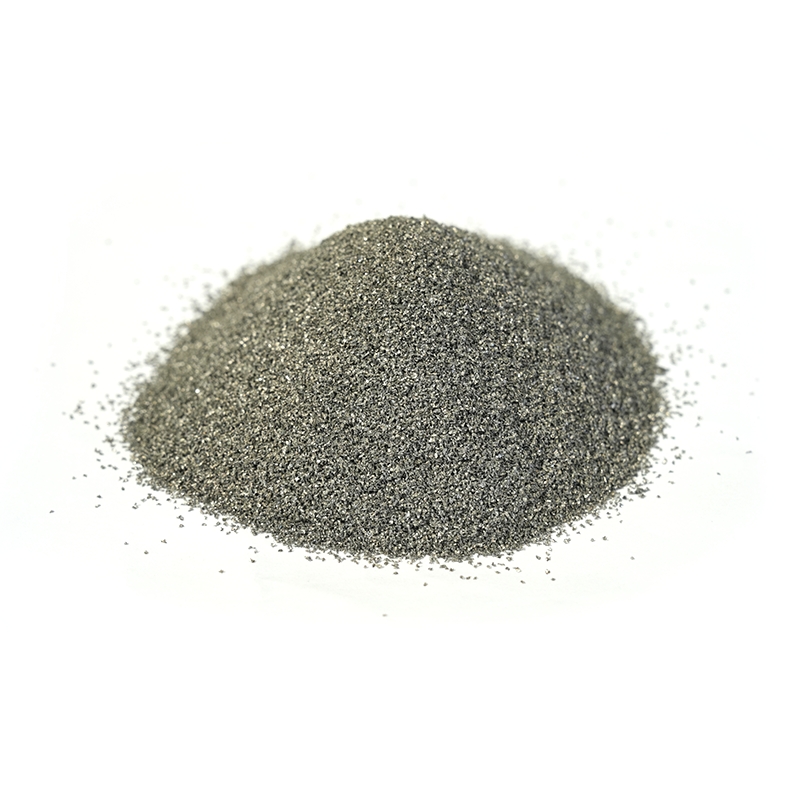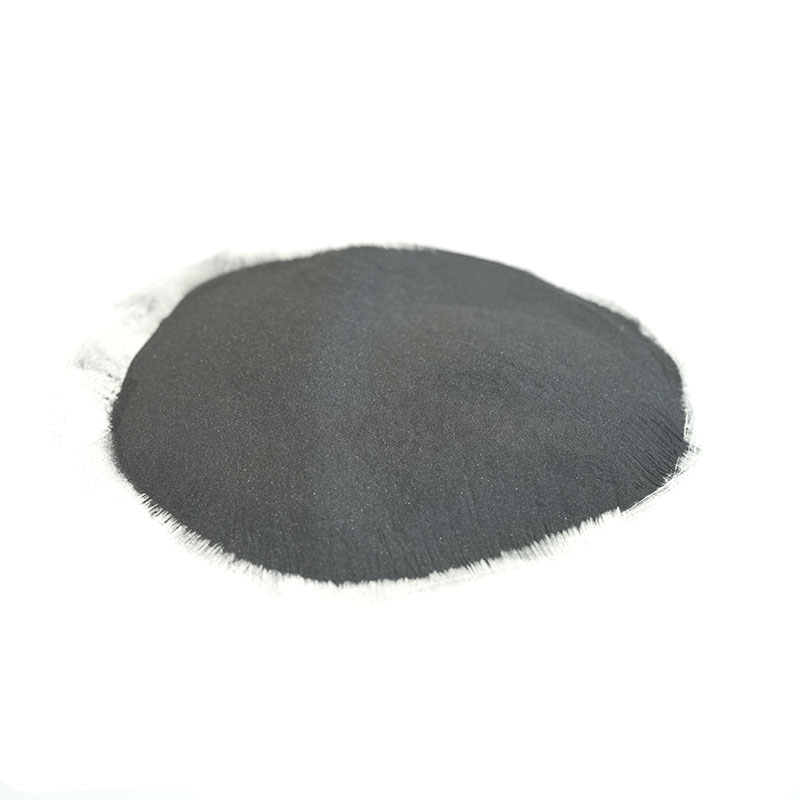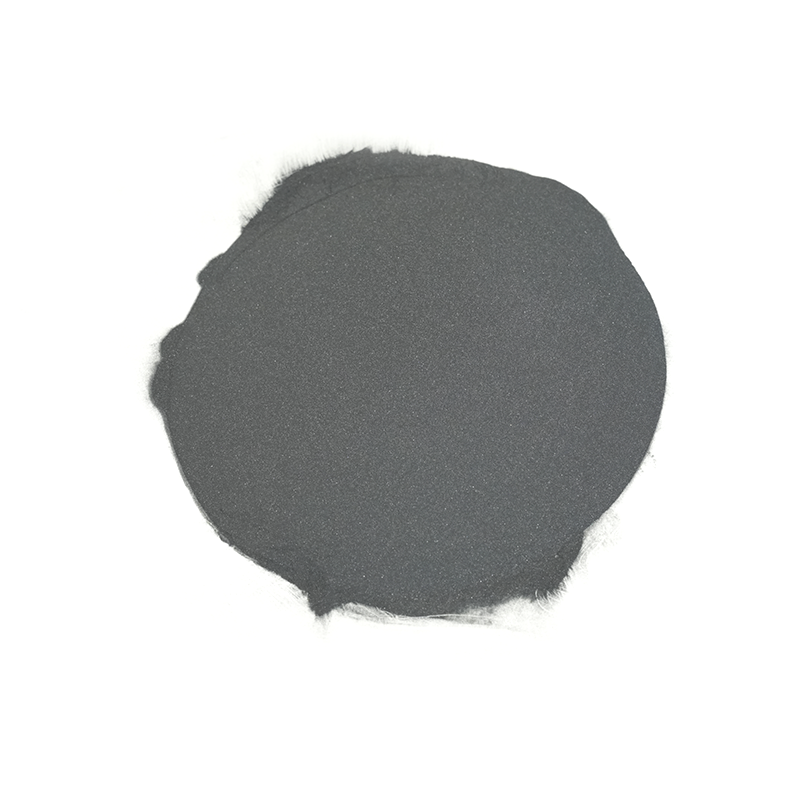Chromium Oxide Ceramic Powder (), often simply referred to as chromia, stands as a pinnacle material in the field of high-performance ceramics. Characterized by its stable, brilliant green color and exceptional physical properties, it is synthesized primarily through the high-temperature reduction or decomposition of chromium compounds. Its industrial significance stems from a unique confluence of extreme hardness, chemical inertness, and a high melting point (), making it an irreplaceable component in applications demanding superior resistance to wear, heat, and corrosion.
Crystal Structure and Stability
Chromium oxide adopts the corundum structure, sharing the same hexagonal lattice as aluminum oxide (). This structure features a dense, close-packed array of oxide ions with ions occupying two-thirds of the octahedral interstitial sites. This dense, highly ordered crystal lattice is the foundation of its superior material characteristics:
-
Exceptional Hardness: With a Mohs hardness of approximately 8.5, it is used extensively in abrasive and wear-resistant applications.
-
Chemical Passivity: is nearly impervious to attack by most acids and molten metals, which is a critical trait for refractory and coating applications. Its stability is far superior to many other transition metal oxides.
-
Antiferromagnetic Behavior: Below its Néel temperature of , exhibits antiferromagnetic ordering, a property being actively researched for use in modern spintronic devices .
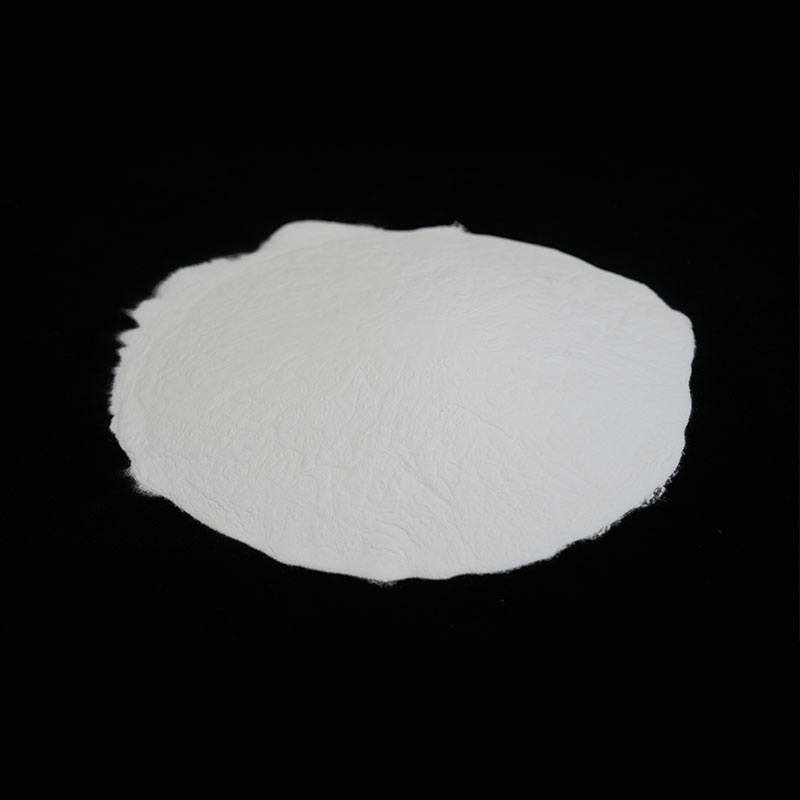
Industrial Applications and Role
The distinct properties of Chromium Oxide Ceramic Powder drive its use across several demanding industrial sectors:
1. Wear-Resistant Coatings
As a primary feedstock for thermal spray technologies (e.g., plasma spraying), is applied to metallic surfaces to form dense, super-hard protective layers. These coatings are essential for extending the service life of components subject to severe abrasion, cavitation, and sliding wear, such as pump shafts, valve seats, and sealing rings in chemical processing and textile machinery.
2. High-Temperature Refractories
Its stability at extreme temperatures makes it a crucial additive in specialized refractory ceramics. Chrome-alumina refractories are used to line furnaces and vessels exposed to highly corrosive melts and slags, particularly in the glass and metallurgical industries, where resistance to -rich environments is paramount.
3. Catalysis and Chemical Processing
Chromium oxide serves as an active component or promoter in heterogeneous catalysis, especially in high-temperature reactions. Key uses include:
-
Catalyst for the dehydrogenation of light hydrocarbons (e.g., propane to propylene).
-
Component in catalysts for the high-temperature water-gas shift reaction ().
4. Pigments and Abrasives
Historically significant, is a globally used inorganic pigment known as chrome green due to its outstanding lightfastness and chemical stability in paints, inks, and building materials. Furthermore, its fine powder form is used as a high-performance polishing compound for precision optics, metallography, and fine gem finishing.
Nanoscale Developments
Current research focuses on synthesizing nanocrystalline Chromium Oxide Ceramic Powder to exploit size-dependent phenomena. Reducing the particle size to the nanoscale can lead to:
-
Enhanced Sinterability: Allowing the creation of fully dense ceramic parts at lower processing temperatures.
-
Modified Catalytic Activity: Increased surface area and different surface energy states can boost catalytic efficiency.
-
Novel Electronic Properties: Manipulating the antiferromagnetic order for integration into advanced magnetic memory and sensor technologies.
The ongoing refinement in synthesis techniques ensures that remains a vital material, continuously expanding its role in advanced engineering applications.


 English
English русский
русский عربى
عربى